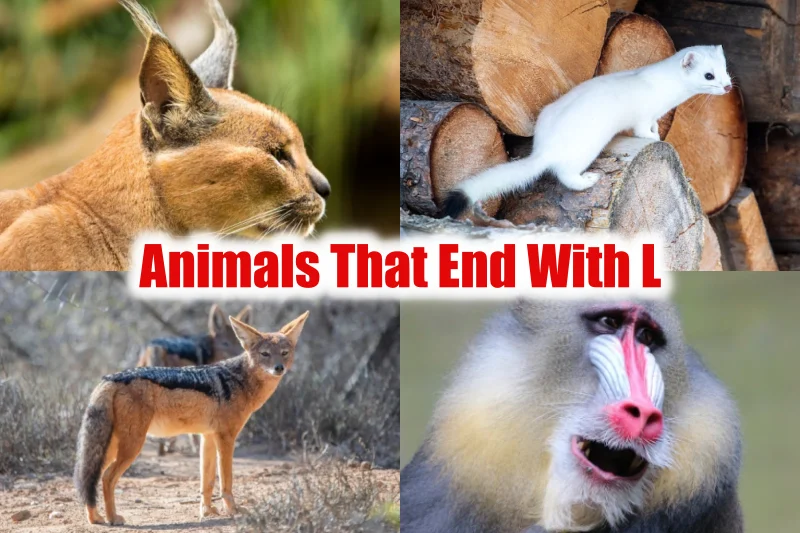Every animal species in the world comes with its characteristic name, which can either be regional or worldwide. In today’s article, we are going to talk about 20 such animals whose names end with the letter L. So, without further delay, let’s get going with today’s article, “Best 20 Animals that end with L”.
Best 20 Animals That End With L
1) Spoonbill
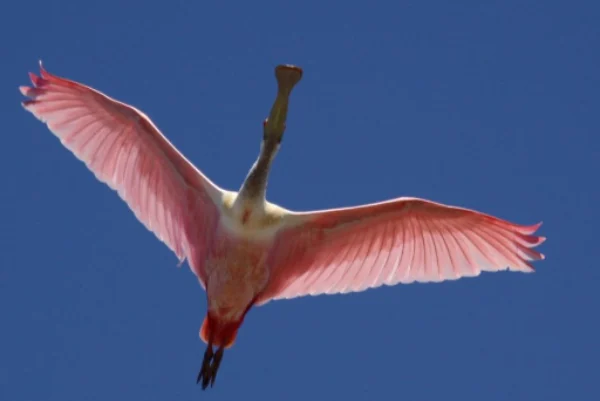
The spoonbills get their name from the shape of their bills, which are flat and broad from the free end, making them look like a spoon. They mostly catch small fish and crustaceans by sweeping their half-opened long bill sideways in the dirt or shallow water and quickly snapping them as soon as they touch prey.
For the bird to breathe when its bill is submerged in water, spoonbills have nostrils close to the base of their bills and have binocular eyesight. There are currently six spoonbill species that are found all over the world and have a worldwide distribution.
2) Eel
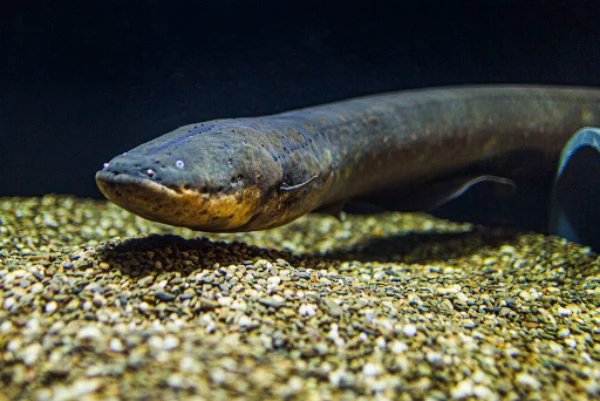
Eels are elongated species of fish, spread over 800 species with a worldwide distribution. These fishes vary in size from 5 cm (2 in) to 4 m (13 ft), as in the case of the Moray eel. Adults can weigh anywhere from 30 g (1 oz) to over 25 kg (55 lb).
They come in a variety of colors, from deep-sea species that are dull grey or black to tropical reef species that are vibrant and patterned.
Eels move in water by producing waves that travel along the length of their bodies and can swim backward. Smaller fish, crustaceans, and other aquatic invertebrates make up the majority of eels’ diets.
3) Owl
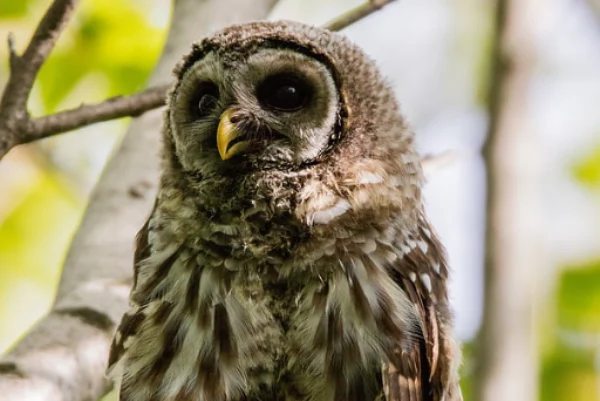
Next up in our list of Animals that end with L, we have the most common nocturnal animal, the Owl. Despite multiple genera, almost all of them share common features, like broad, forward-facing eyes and ear openings, a beak resembling a hawk, and a flat face.
They are primarily carnivores and feed on rodents, fish, and sometimes even insects. Owls, like other birds of prey, possess big feet with pointed talons.
4) Camel
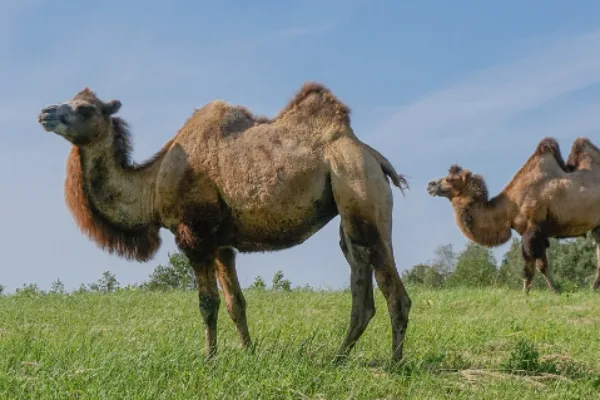
Next up in our list of Animals that end with L, we have one of the largest herbivores in the world, Camels. Commonly known as the ‘ship of the desert, they reach 7-8 feet at the hump and 6-7 feet at the shoulder.
They can eat things that other cattle dislike, such as thorns, dry leaves, and saltbush, and can withstand severe protein deficiency. A camel can survive for several months without food and for up to a week without water.
It has a hump that stores fat, which in turn, on metabolism, can yield over 1 gram of water for 1 gram of fat. These modifications help them largely to survive in the dreary deserts.
5) Seal
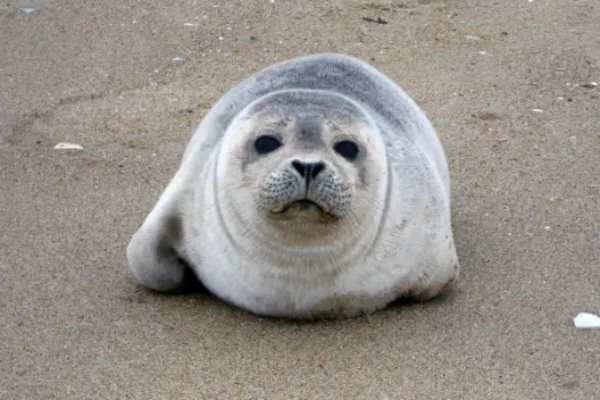
Seals are carnivorous animals, mainly feeding on fish, with legs modified into flippers for swimming. They come in various sizes, from the elephant seal, which may weigh as much as a pickup truck, to the smallest Baikal seal, which weighs anywhere between 100 pounds.
To provide insulation, and serve as a food store and buoyancy aid, seals have a thick layer of fat (called blubber) under their skin.
6) Squirrel

Squirrels are typically small animals, with a wide spectrum of sizes, from the African pygmy squirrel, which is just 10-14 cm (3.9-5.5 in) long and weighs only 12-26 g (0.42-.92 oz), to the Bhutan giant flying squirrel may grow up to 1.27 m (4 ft 2 in) long.
Except for the highest polar regions and the driest of deserts, squirrels manage to thrive in nearly every habitat, from tropical rainforests to semiarid deserts. They eat seeds, nuts, and fruits mostly, but many may also consume insects and even small vertebrates.
7) Jackal
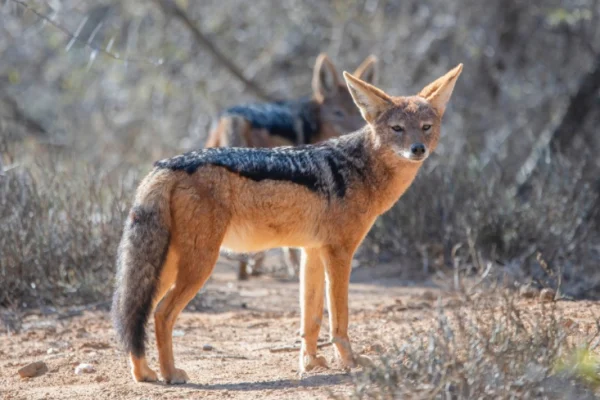
Jackals are undoubtedly one of the most cunning animals in the world. They are adept at stealing prey from much larger predators like lions and never leave any opportunity to nib on someone else’s prey.
Jackals are also one of the most aggressive predators, who find a place in many myths, folklore, and children’s stories. They feed on a wide spectrum of animals starting from small rodents like mice and rabbits to even larger animals like deer, and also on carrion.
They may sometimes bust into farms and attack animals like sheep, goats, or poultry.
8) Serval
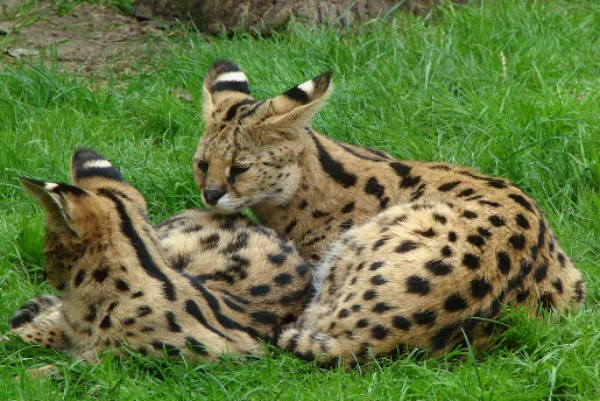
Next up on our list of Animals that end with L we have the Serval. The Serval is a slim, medium-sized cat that weighs 8 -18 kg (18-40 lb), with females often being lighter. It stands 54-62 cm (21–24 in) at the shoulder.
Their extraordinarily long legs earn them the title “giraffe cat.” Servals have a tawny coat with black spots and lines that act as a fantastic camouflage.
The Serval is a carnivore that eats anything it can get its hands on, including small birds, frogs, insects, and reptiles. Vlei rats are one of its main prey items.
9) Mandrill
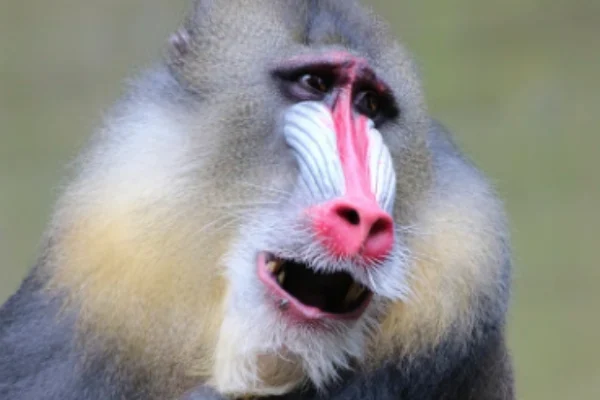
Mandrills are one of the largest primates in the world, residing in tropical rainforests and the Savannah. The mandrill has a thick body, a short tail, noticeable forehead ridges, and small, closely spaced, sunken eyes.
Mandrills have a red line that extends from their red nose down the center of their faces. Their skin on either side The Mandrill is the most sexually dimorphic primate and the largest of all Old World monkeys, measuring around 90 cm (3 ft) long and weighing up to 35 kg (77 pounds).
10) Gharial
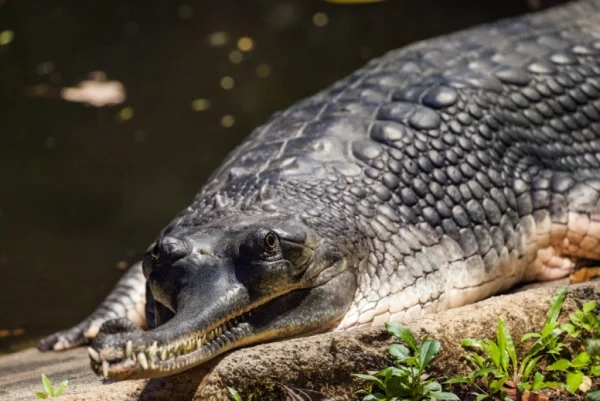
Found exclusively in the Indian Gangetic Basin and Nepal, the gharial has an olive color, with adults being darker than young, who have crossbands and speckles in dark brown.
Its snout, which is its characteristic identifying feature, is very long and narrow, widened at the end, primarily to catch fish. One of the largest crocodilian species, the male gharials can grow to lengths of 16-20 feet (5- 6 meters).
11) Caracal
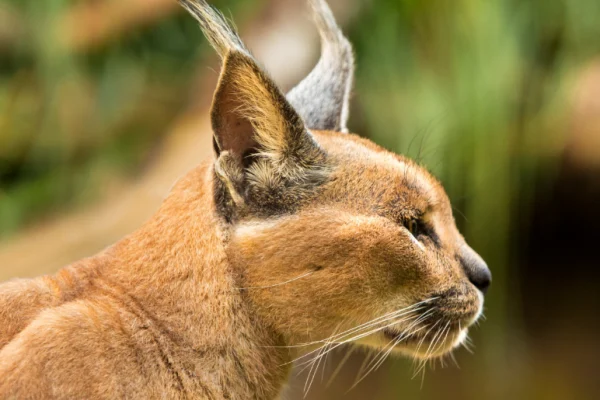
Commonly known as the “mountain lynx,” the Caracal is the next animal in this list of Animals that end with L. Like the Serval, the Caracal too is a slender-looking wild cat species, with a robust build and tuft in its ears but has a reddish tan or sandy coat.
Caracal exists in India throughout Africa and the Middle East. Caracals have incredible leaping abilities and can leap up to 10 feet (3 meters) in the air to strike a flying bird.
They are nocturnal hunters and mainly feed on monkeys, birds, hyraxes, rats, and mongooses, sometimes even a kudu or an impala.
12) Weasel
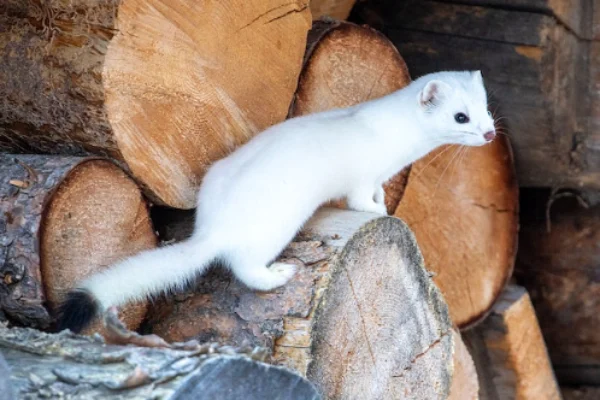
Weasels are little carnivores that have incredibly long, slender bodies, short limbs, and flattened heads. Their coat mainly consists of brown upper parts and whitish underparts.
Weasels are fearless, predatory creatures that prey primarily on mice, rats, rabbits, birds, eggs, etc. Weasels can chase and catch rodents in their burrows or through cracks and crevices due to their small, long bodies.
Their incredible hunting abilities are put to use in many places to rid the land of mice and rats.
13) Tasmanian Devil
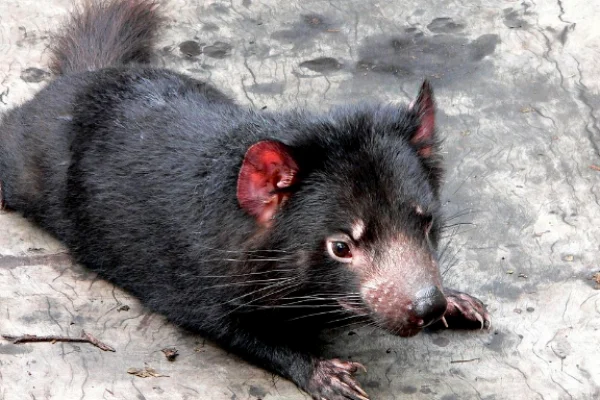
Endemic to Tasmania in Australia, predatory marsupial has a stocky body with heavier foreparts and relatively lighter hind parts. They get up to 20-30 inches long and may weigh approx 12 kg.
These animals have quite a bad temper, and along with their snarl in a husky tone, they get the name “devil.” These animals mainly feed on beetles’ larvae, road kills, and other dead animals but sometimes raid chicken coops for poultry.
Once occurring in hundreds of thousands, these animals were driven to near extinction and are still absent in the Australian Mainland. However, conservation efforts seek to bring back the population to a healthy state.
14) Axolotl
In the second position of our list of animals that end with L, we have one of the largest amphibians in the world, the Axolotl. They are more like aquatic salamanders, with external gills to extract the maximum oxygen from flowing water bodies.
Axolotls may grow up to 18 inches, but the majority of them belong to the size range of 9-10 inches. These giant salamanders have immense regenerative abilities.
Axolotls can re-grow lost limbs, parts of the body, and even certain parts of their brain! Axolotls are carnivorous and feed on snails, mollusks, worms, and several other invertebrates.
15) Snail
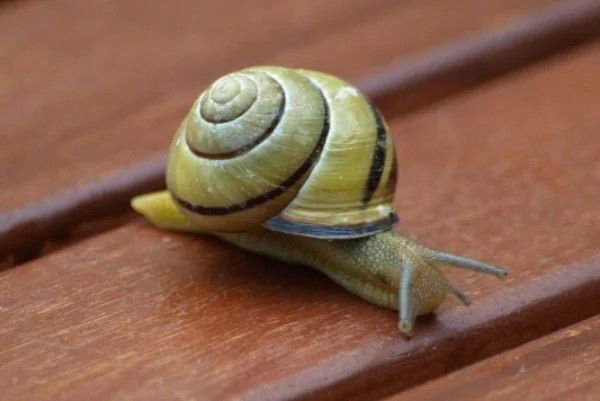
One of the most common animals, snails, are soft-bodied creatures with calcareous shells. They come in various shapes and colorations, with the largest one being the Giant African Land snails, with lengths of 15 inches.
Snails are nocturnal beings and primarily feed at night. Their diet consists of organic matter, greens, fungi, lichens, and sometimes even other snails or slugs.
Snails are an important food source in many regions of the world. In many countries, these are delicacies and make up some exotic cuisines.
16) Quail
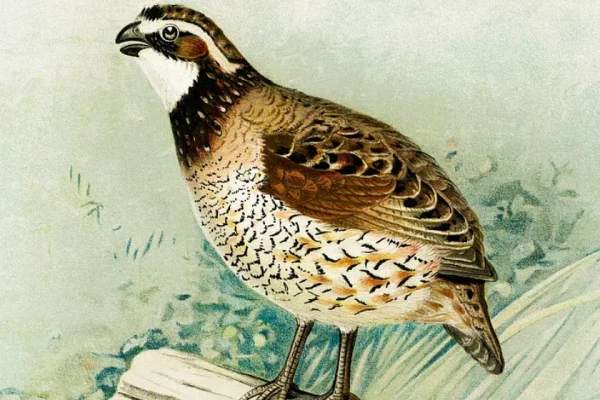
Quails, small and unassuming birds, have an intriguing place in the world of avian species. They belong to the family Phasianidae and are known for their diminutive size and unique characteristics.
There are different species of Quail: Common Quail (also known as Bobwhite Quail), Coturnix Quail (also referred to as Japanese quail), and Bobwhite Quail.
17) Rail (Bird)
Rail birds, a diverse group of wetland-dwelling birds, are a fascinating and often elusive part of the avian world.
These birds are known for their unique characteristics, distinctive calls, and their significant role in wetland ecosystems.
There are different species of Rail: Virginia Rail, King Rail, and Sora Rail.
18) Cardinal
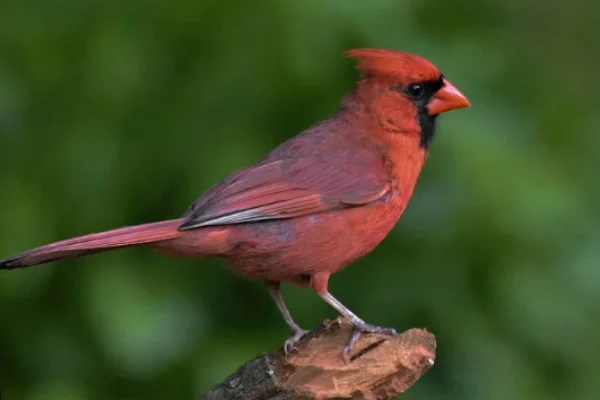
Cardinals are medium-sized songbirds, characterized by their brilliant red plumage and prominent crests on their heads.
Male cardinals are known for their vivid scarlet feathers, while females display a more subtle brownish-red coloration. Their strong, conical bills are ideal for cracking seeds, and they have sharp, pointed beaks.
19) Mackerel
Mackerel, a flavorful and nutritious fish, has a well-deserved place on the plates of seafood enthusiasts around the world.
With its distinctive taste and numerous health benefits, mackerel has become a sought-after ingredient in various cuisines. Different species of Mackerel are:
- Atlantic Mackerel
- Spanish Mackerel
- King Mackerel
20) Mrigal
The Mrigal, scientific name Cirrhinus cirrhosus, is a graceful freshwater fish known for its distinctive appearance and delicious taste.
Found in the rivers and lakes of South Asia, the Mrigal holds a special place in the culinary traditions of the region. In this article, we will explore the world of Mrigal, including its physical characteristics, habitat, cultural significance, and culinary uses.
Here we conclude our article, Best 20 Animals that ends with L (Pictures & Facts). Hope you like it. Stay tuned for many more interesting articles shortly.
Also Read:

A zoology student turned writer. Nature has always been a magnet to me, and to unearth some of its secrets through my articles is my prime intention. If not engaging myself with nature and anime content, you can always find me going through some Bengali classics or filling the air with some soulful Tabla beats. An artist, trying to throw some colors to my blank canvas of life.
